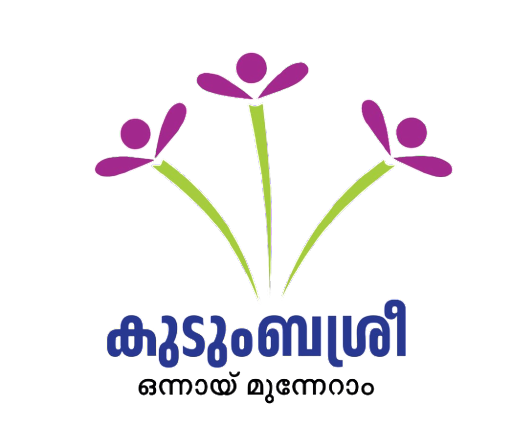Origin
The Swarnjayanti Gram SwarozgarYojana (SGSY) was a flagship programme of the Ministry of Rural Development. It was started in 1999 and was restructured in FY 2010-11 for implementation as the National Rural Livelihoods Mission. The SGSY aimed at providing sustainable income to rural BPL households through income generating assets/economic activities in order to bring them out of poverty.
Evaluation of the SGSY by National Institute of Rural Development (NIRD), Bankers Institute of Rural Development (BIRD) and several others institutions showed mixed results.
Out of estimated 25 million households organized into SHGs until 2010, only 22% succeeded in accessing bank credit. The studies showed that there were significant variations in the extent of mobilization of poor SHGs and the quality of their operation. The one-off assetization programme focusing on single livelihood activity did not meet multiple livelihood requirements of the poor. Often, the capital investment was provided up-front as a subsidy, without adequate investment in social mobilization or group formation.
Furthermore, uneven geographical spread of SHGs, high attrition rates among members of SHGs, and lack of adequate banking sector response impeded the program performance. Several states did not fully invest the funds received under SGSY. This fact indicated a lack of proper delivery systems and dedicated efforts for skill training and building capacity for resource absorption among the rural poor. There was a considerable mismatch between program capacity and program requirements. Absence of collective institutions in the form of SHG federations precluded the poor from accessing higher order support services for productivity enhancement, marketing linkages or risk management
It is in this context that the Ministry of Rural Development (MoRD), Government of India (GoI) constituted a Committee on Credit Related Issues under SGSY (under the Chairmanship of Prof. Radhakrishna) to examine various aspects of the scheme implementation. The Committee recommended adoption of a ‘Livelihoods Approach’ to rural poverty elimination. The approach encompassed the following four inter-related tasks:
- Mobilizing poor households into functionally effective SHGs and their federations
- Enhancing access to bank credit and financial, technical and marketing services
- Building capacities and skills for gainful and sustainable livelihoods development
- Converging various schemes for efficient delivery of social and economic support services to poor households
The government accepted the recommendation of the Committee and restructured SGSY into National Rural Livelihoods Mission (NRLM) in FY 2010-11 to provide a sharper and greater focus as well as momentum for poverty reduction. The decision also aimed to achieve the Millennium Development Goals (MDG) by 2015. The Framework for Implementation for N.R.L.M was approved by the Ministry on 9th December, 2010 and the Mission was formally launched on 3rd June, 2011.
NRLM Mission
"To reduce poverty by enabling the poor households to access gainful self-employment and skilled wage employment opportunities, resulting in appreciable improvement in their livelihoods on a sustainable basis, through building strong grassroots institutions of the poor."
NRLM Guiding Principles
- Poor have a strong desire to come out of poverty, and they have innate capabilities
- Social mobilization and building strong institutions of the poor is critical for unleashing the innate capabilities of the poor.
- An external dedicated and sensitive support structure is required to induce the social mobilization, institution building and empowerment process.
- Facilitating knowledge dissemination, skill building, access to credit, access to marketing, and access to other livelihoods services underpins this upward mobility.
NRLM Values
The core values which guide all the activities under NRLM are as follows:
- Inclusion of the poorest, and meaningful role to the poorest in all the processes
- Transparency and accountability of all processes and institutions
- Ownership and key role of the poor and their institutions in all stages – planning, implementation, and, monitoring
- Community self-reliance and self-dependence
















